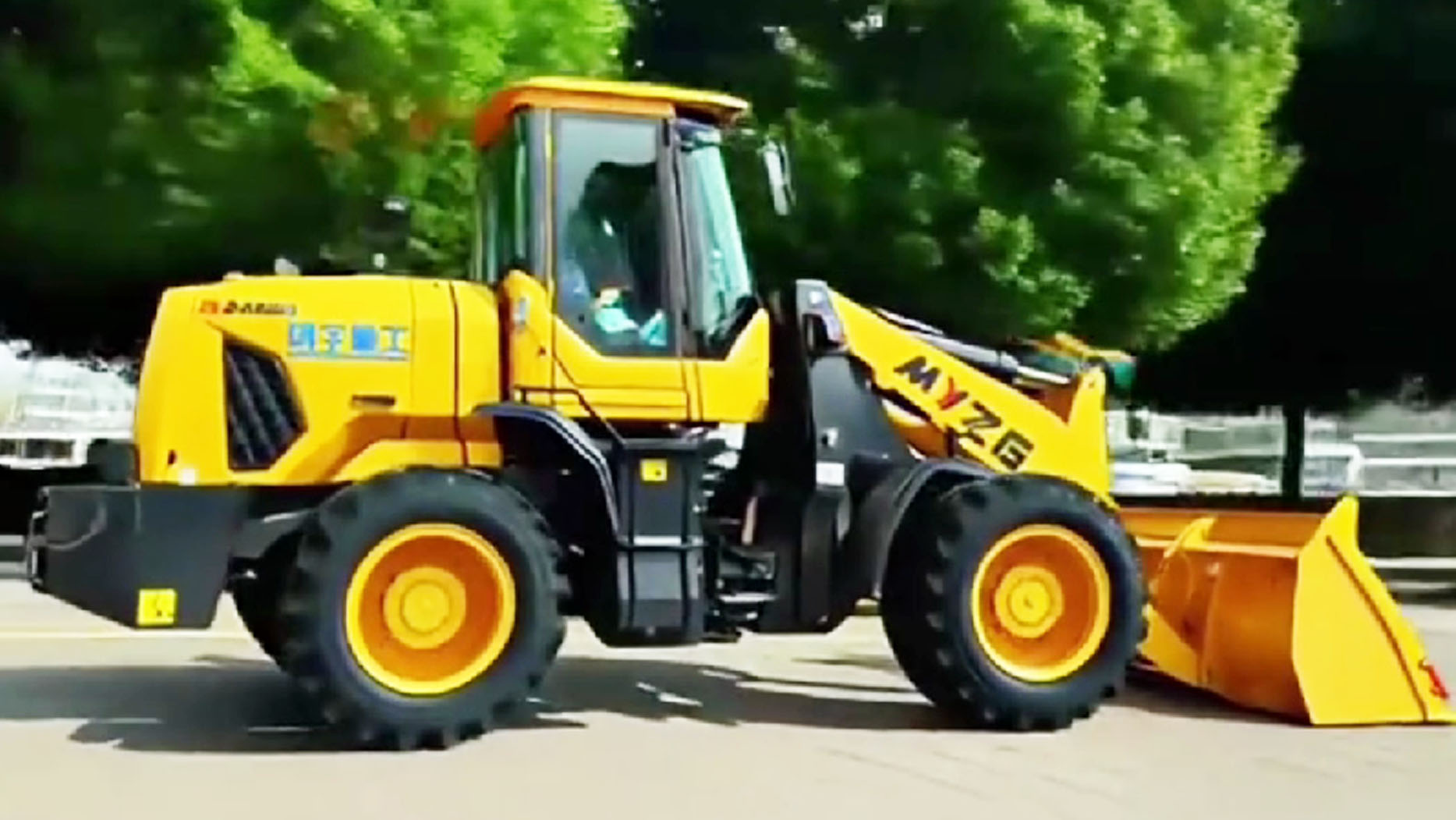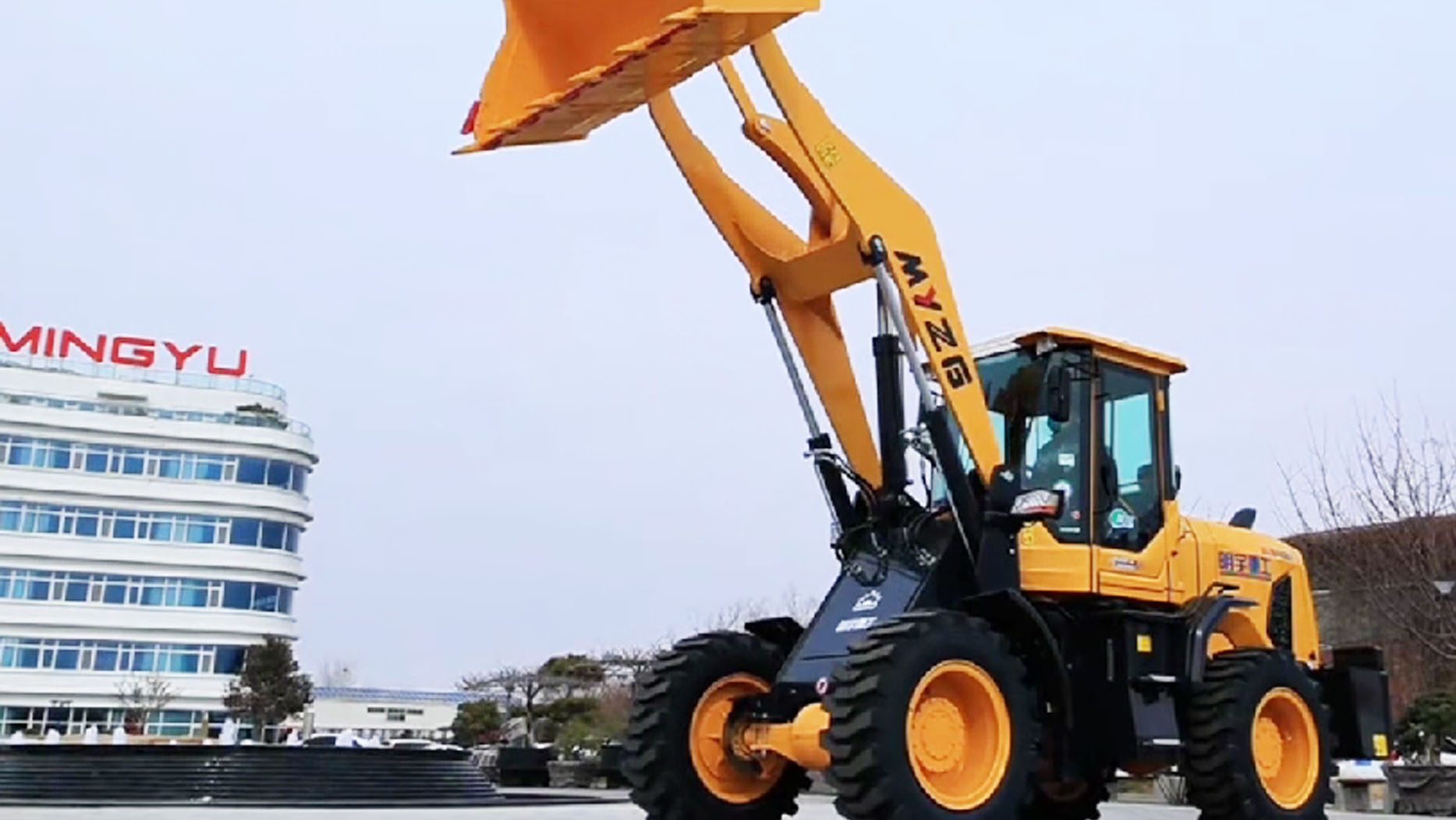I. Introduction
A bucket loader, commonly known as a front-end loader or simply a loader, is a heavy equipment machine primarily used in construction, agriculture, and various industrial sectors. It features a wide front-mounted bucket attached to movable arms, which can scoop, lift, and transport materials. Due to its robust design and multifunctionality, the bucket loader has become an indispensable tool on job sites and in work environments requiring efficient material movement. This article delves into the various uses of bucket loaders, explores different types and attachments, and highlights their relevance across diverse industries.
II. Types of Bucket Loaders
These are the most common type of bucket loaders, known for their large size and powerful engines. They're primarily used in construction and mining for moving heavy materials like gravel, rocks, and debris.
B. Skid Steer Loaders
Smaller and highly maneuverable, skid steer loaders are ideal for confined spaces. Their compact design makes them suitable for residential construction, landscaping, and indoor demolition tasks.
These combine the capabilities of a loader and an excavator. The front bucket can scoop and transport materials, while the rear arm can perform digging operations. Backhoe loaders are versatile and often used in utility and roadwork projects.
D. Compact Track Loaders
Equipped with tracks instead of wheels, these loaders provide excellent traction on soft, muddy, or uneven surfaces. They are often employed in landscaping, forestry, and areas with difficult terrain.
III. Primary Uses of Bucket Loaders
A. Material Handling
One of the primary functions of a bucket loader is transporting bulk materials such as soil, sand, gravel, and crushed stone. This use is common on construction sites, where quick and efficient material movement is crucial.
B. Excavation and Digging
While not as precise as dedicated excavators, bucket loaders can perform basic excavation tasks. They are often used for shallow digging, trenching, and foundation preparation.
C. Site Preparation
Before construction begins, the site must be cleared and leveled. Bucket loaders excel in removing vegetation, rocks, and debris, making the ground ready for building activities.
D. Road and Infrastructure Projects
In road construction, loaders are used to transport materials such as asphalt and road base. They also assist in leveling surfaces and removing rubble during repairs or upgrades.
E. Agricultural Applications
Farmers utilize bucket loaders for various tasks, including moving feed, manure, hay bales, and other farm materials. Their ability to handle multiple tasks with different attachments makes them ideal for agricultural work.
F. Snow Removal
In colder regions, bucket loaders are crucial for snow removal. They can clear large areas like parking lots, driveways, and streets quickly and efficiently, especially when equipped with snow-specific attachments.
G. Waste Management
Bucket loaders are used in landfills and recycling centers to move waste materials. Their durability and lifting capacity make them suitable for handling heavy and bulky waste.
IV. Attachments and Versatility
One of the standout features of bucket loaders is their compatibility with a wide range of attachments. These include:
Grapples for handling logs and brush
Pallet forks for transporting palletized goods
Augers for drilling holes
Brooms for sweeping debris
Snowplows for winter use
These attachments greatly expand the loader's capabilities, allowing it to perform specialized tasks beyond just scooping and lifting.
V. Industry-Specific Applications
A. Construction
In construction, bucket loaders are indispensable for transporting materials, loading dump trucks, and assisting in grading and excavation. Their speed and efficiency contribute significantly to project timelines.
B. Landscaping
Landscapers use loaders for moving soil, mulch, and plants. The machines are also useful in creating slopes, terraces, and garden beds.
C. Mining and Quarrying
Large front-end loaders are used to move raw materials from extraction points to processing areas. They handle rocks, minerals, and ores with ease.
D. Municipal and Urban Services
Municipalities employ loaders for various public works, including street cleaning, debris removal, and emergency services during natural disasters.
E. Forestry
In forest operations, loaders are used to clear underbrush, move logs, and assist in road building through wooded areas.
VI. Advantages of Using a Bucket Loader
Time Efficiency: Speeds up material handling processes
Versatility: Multiple attachments and uses
Durability: Built to handle heavy-duty tasks
Maneuverability: Especially in compact and skid steer models
Cost-Effectiveness: One machine can replace several single-function tools
VII. Safety Considerations and Best Practices
Operator Training: Essential for safe and efficient operation
Regular Maintenance: Ensures longevity and performance
Load Limits: Prevent tipping or mechanical failure
Proper Terrain Assessment: Reduces accidents and machine strain
VIII. Future Trends and Innovations
The bucket loader industry is evolving with technology:
Automation: Self-operating models for increased efficiency
Electric and Hybrid Models: Environmentally friendly and quieter operations
Smart Systems: GPS, telematics, and sensors for precision and monitoring
These innovations promise enhanced productivity, sustainability, and safety.
IX. Conclusion
Bucket loaders are incredibly versatile machines used across numerous industries. From construction and agriculture to snow removal and waste management, their applications are vast and continually expanding. With the ability to adapt through various attachments and the advent of new technologies, bucket loaders remain a cornerstone of modern industrial operations. Choosing the right type of loader and maintaining it properly ensures maximum return on investment and job site efficiency.
Post time:Apr.26.2025



